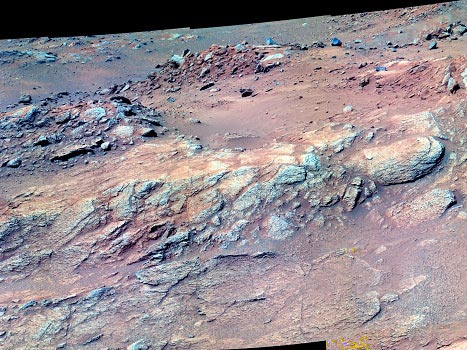

X-Prize
two weeks. This must be essentially the same vehicle: propellant can be replaced, but most of the rest of the vehicle must be reused. Even NASA's space shuttle falls short of this performance requirement, since it takes much more than two weeks to ready a given shuttle between flights. This prize foundation was created to encourage the development of private space travel, which is why government-funded projects are not allowed. The X Prize is designed to help create a space industry, and is modeled after many prizes from the early 20th century that helped prod the development of air flight—notably the $25,000 Orteig Prize that spurred Charles Lindbergh to make his solo flight across the Atlantic Ocean. The X-Prize Foundation (based in St. Louis, Missouri) maintains a list of organizations registered
A number of designs were proposed, but many of them were complex and varied widely in their systems. An attempt to re-simplify was made in the form of the "DC-3" by one of the few people left in NASA with the political clout to pull it off, Maxime Faget, who had designed the Mercury capsule, among others. The DC-3 was a small craft with a 20,000lbs (or less) payload, a four-man crew, and limited manuverability. At a minimum, the DC-3 provided a baseline "workable" (but not terribly advanced) system by which other systems could be compared for price/performance tradeoffs.
Methuselah in False Color 5/24/05

Space Shuttle Endeavour
Space Shuttle Endeavour Shuttle Orbiter Endeavour (NASA Designation: OV-105) is the most recent Space Shuttle orbiter to be built. Construction began in 1987 to replace the Challenger, lost in an accident in 1986. Endeavour was first launched in 1992. The orbiter is named for the HM Bark Endeavour, the ship commanded by 18th century explorer James Cook (which explains the British spelling). Table of contents showTocToggle("show","hide") 1 Flights 2 Related articles 3
Space Shuttle program
Space Shuttle program Space Shuttle Columbia, 1981 (NASA) NASA's Space Shuttle program is an ongoing endeavor, started in the late 1960s, that has created the world's first partially reusable space launch system, and the first spacecraft capable of carrying large satellites both to and from low Earth orbit. Each shuttle is designed for a projected lifespan of 100 launches. The original purpose of the program was to ferry supplies to a space station. In reality, the Shuttle is the United States' sole manned launch vehicle and has totally dominated NASA's operations since the mid 1970s. With the construction of the International Space Station the Shuttle has finally begun to be used for its original purpose. In January 2004, it was announced that the Shuttle fleet would